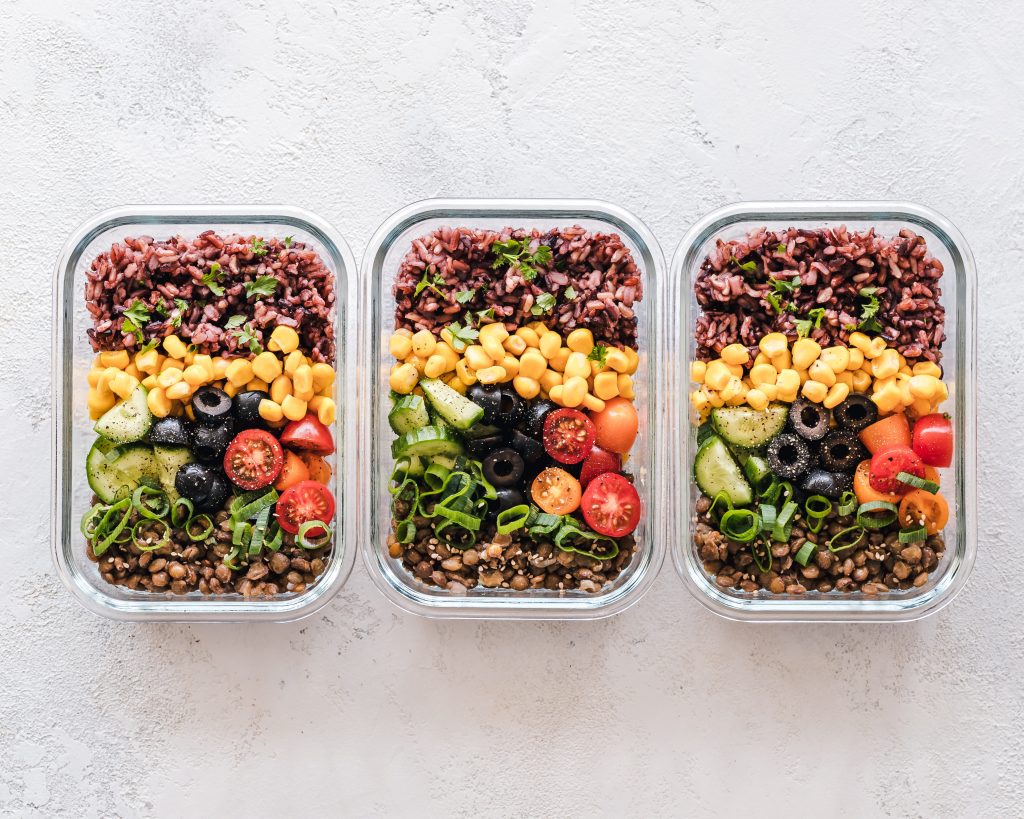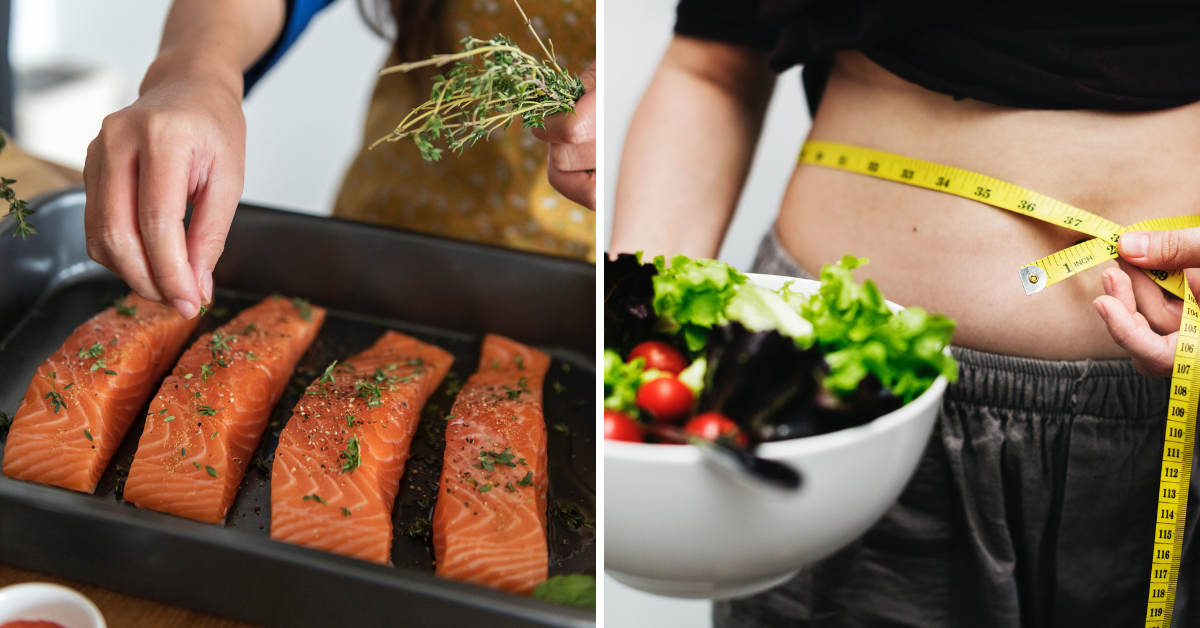After a rough day at work or the gym, you’re probably thinking of just grabbing some pizza or eat a bowl of cereals. Besides, cereals are healthy, right? You’re not alone. It can really be tough to prepare home-cooked meals especially when you’re too busy with all the other stuff.
But hey, there’s still a way to stick to a healthy diet despite a toxic schedule. With meal planning and prep, you’ll be able to satisfy your hunger every day without having to stress about cooking it. The thought of preparing a week’s worth of food might be tough at first, but the benefits you’ll reap from it are priceless.
The key to successful meal prep is knowing what’s best for you. No one could tell anyone which is right or wrong. As long as you know how to start the process, then you’re in control of everything. Aside from the time, you’ll be saving from preparation; this method can also help you lessen your expenses in the long run.

If you don’t have any idea about meal planning and prep, but you want to give it a try, you’ll find this step-by-step guide helpful.
-
Plan the number of meals you’ll need in a week
Meal planning and prep will require you to do some homework before buying the stuff you need. Before anything else, plan on how many meals you’ll be needing throughout your work week. That means if you plan to prepare three meals each day (breakfast, lunch, and dinner), that would be a total of 15 meals.
That may sound a lot, but with meal planning and prep, you don’t need to cook those 15 meals separately. Instead, you’re going to prepare a huge batch of meat and vegetables that you can cook in several ways for a quick yet exciting meal every day.
It’s also important to consider the days when you’ll be having lunch outs with your clients or friends. In this way, you can prevent wasting any excess food for the week.
-
Keep it simple
There’s no need to complicate things when it comes to meal planning and prep. Keep your recipes simple and work on those that work for you. If you’re not really that interested in cooking, stay away from dishes that involve a lot of ingredients. You can also look up for easy recipes online to make your life even better.
Find recipes that include your favourite ingredients, and to keep your diet exciting, try out something new each week.
-
Make the most out of your leftovers
It’s common for beginners to grapple with the thought of planning a different dish for each meal. The solution? Stick with one recipe – but only for the first few days. Start with preparing a week’s worth of dinner, and eat your leftovers for lunch on the next day. Once you get the hang of it, work your way up until you complete all meals for the week.
-
Find out the prep and cooking method that’s easy and works best for you
Although grilled chicken sounds like a good idea, it might take a while to prepare. Cooking on the grill demands more attention, so you want to save that for days when you have time. In choosing the meal prep and cooking method that would suit you best, the main thing you’ll need to consider is your schedule.
It’s also essential that you plan ahead how much time you’re willing to spare for meal prep. To give you an idea, you can either cook everything at once in advance then reheat, or you can also pre-slice all the ingredients enjoy a freshly cooked meal every time.
-
Frozen foods are your best friend
If you have been skipping the frozen section of the grocery, this time you won’t be. That’s because not all fresh foods are more nutritious than those that are frozen. As a matter of fact, frozen fruits and vegetable are packed with more nutrients as they’re locked in during the process. Plus, they won’t become overripe.
Frozen food will also save your time from all the process when cooking like washing, peeling, and cutting. So, by the time you visit the grocery, don’t ignore the freezers!
-
Don’t get stressed over your breakfast
If you’re not a morning person or you don’t have that much time to prepare for breakfast, the best thing you can do is to keep it simple. Chop up your favourite food ahead of time so you can instantly toss them in the blender for a delectable smoothie, or add them in a bowl of Greek yoghurt.
-
Don’t forget the snacks
Aside from breakfast, snacks are also an essential meal of the day. But instead of grabbing some chocolates or cookies, prepare your own trail mix and cook hard-boiled eggs. You can also chop fruits and soak them in a mixture of water and lemon juice to prevent them from oxidation.
-
Have fun with your food
Now I don’t mean to say that you should literally play with your food. We all know that eating the same food every day can get boring. And if this happens with your meal planning and prep, you could lose motivation. But to keep your meals interesting, you could experiment and use a single batch in a variety of recipes.
Like for example, you can cook a large batch of chicken then use it for tacos, salads, or any recipe you want for the weeks. It’s also great to have different seasons in your kitchen to add a unique taste to every meal. But make sure to avoid any commercial dressings or sauces that are filled with sugar as they might put all your hard work to waste.
-
Time to go grocery shopping!
Now that you’re well-informed about meal planning and prep, you’re now ready for some grocery shopping! You can do whenever you can, but the most convenient is at weekends as you’ll have enough time to prepare for the week ahead.
To make things easier for you while shopping, list down your grocery items by section – such as dairy, frozen, meat, fruits, etc.
-
Monitor your food
Get rid of all the ice cream and chocolates inside your freezer! Instead, use it to prevent your food from spoiling. Whenever you’re preparing a large batch of food, track down how long they’ve been sitting inside your fridge. Ideally, freshly-cooked food can last up to three or four days. But if you haven’t consumed them within that period, then it’s time to freeze.
-
Choose the right containers
Aside from your keeping your food interesting, another way to maintain a strong meal prep game is to put them in the right containers. Secure containers in various sizes to evenly distribute meals as well as snacks. It’s also best to use clear containers, so you can monitor how much food, or what food, is left inside.
